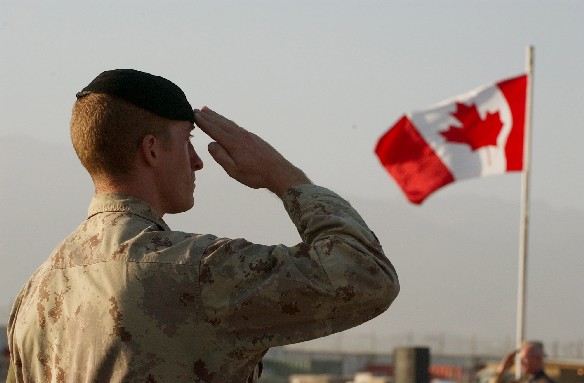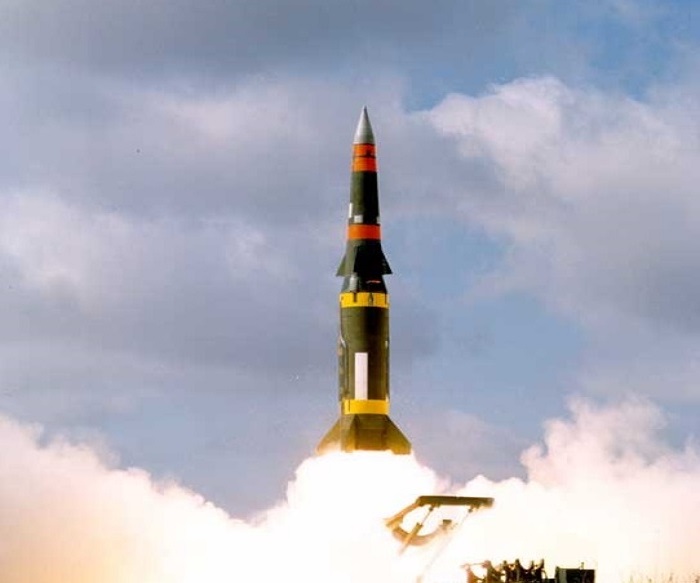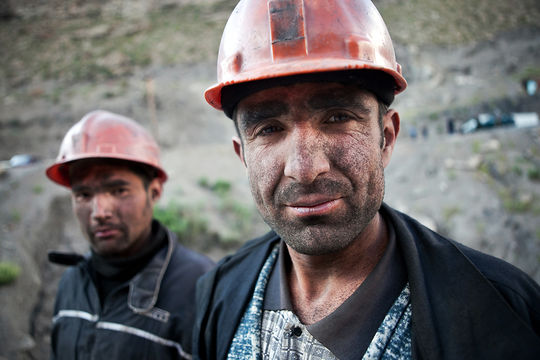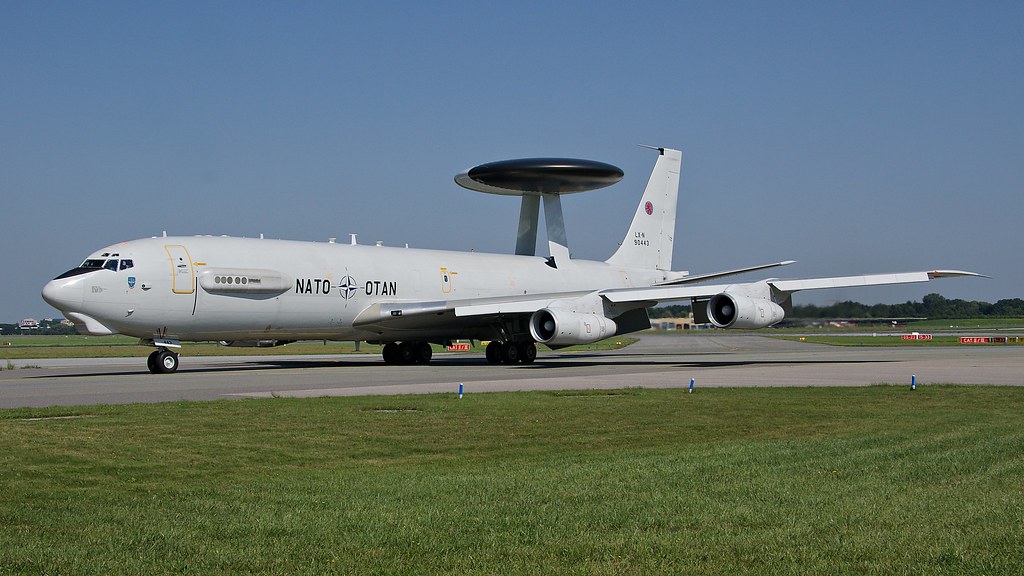Canada’s military identity is slowly changing, with Canada asserting its presence on the international stage beyond peacekeeping and humanitarian efforts in Afghanistan and Libya. Does this shift in purpose and identity resonate with the Canadian public?
Back in 2010, a tracking study titled Views of the Canadian Forces examined the public’s “opinions, perceptions and views” of the Canadian Forces. The military operations in the 2010 media on which Canadians were basing their opinions were the earthquake response in Haiti, sovereignty assertion and security in the North, and the active combat, peacekeeping, and training missions in Afghanistan. The study’s authors found that “approximately nine in ten Canadians perceive[d] the Canadian Forces as a vital national institution (92%) and [had] a positive impression of the people who serve in the Forces (87%).” The Canadian public also “perceive[d] the military as essential (93%), a source of pride (85%), and modern (57%); furthermore, comparisons to 2009 show[ed] that impressions of Canada’s military in all three of these areas [had] significantly improved over the past year (increases range from 3 to 5 percentage points).”
A lot has changed since 2010. In contrast with its traditional peacekeeping image, Canada took a lead combat role in Libya, punching considerably above its weight flying 10% of NATO’s air strikes in Operation Mobile. Canada is still in Afghanistan, with an exit date of 2014, and Canadians are weary of the now twelve-year conflict. Canada is spending more on its military than ever before, with annual spending around $22 billion – a 54% increase over the last decade. What effect has this had on the public’s perception of the Canadian Forces?
[captionpix align=”left” theme=”elegant” width=”300″ imgsrc=”http://www.cbc.ca/gfx/images/news/photos/2008/07/24/apCBCONLINE2_AFGHAN.jpg” captiontext=””]
Canadian Forces ranked first in the Russell Sage Foundation’s Most Trusted Institutions poll of 2012, ahead of the Supreme Court of Canada, Parks Canada, Elections Canada, and the Bank of Canada. But the Canadian military is falling off the radar of the public, with only 38% of Canadians having “recently seen, read or heard something about the Canadian Forces” according to the 2012 Views of the Canadian Forces study, down from 57% in 2011. This is not to say that public opinion has changed since 2010 due to this lack of exposure. 90% still have both a positive impression of those who serve in the Canadian Forces and believe the military is essential. 82% view the military as a source of pride, 90% believe it is doing a good job performing its duties in Canada, and 89% believe Canadians respect it.
Despite the evident shift in the role of the Canadian Forces, the public remains proud and supportive. This is largely due to the fact that the Department of National Defence (DND) is listening closely to the views of Canadians. When the Malian conflict erupted and France called for aid, Canadian public opinion against sending troops was heard loud and clear, and the DND opted instead to send aircraft to aid in moving equipment and personnel, while also providing humanitarian and developmental aid. As long as the DND continues to listen to the Canadian public support for the military will remain strong.




